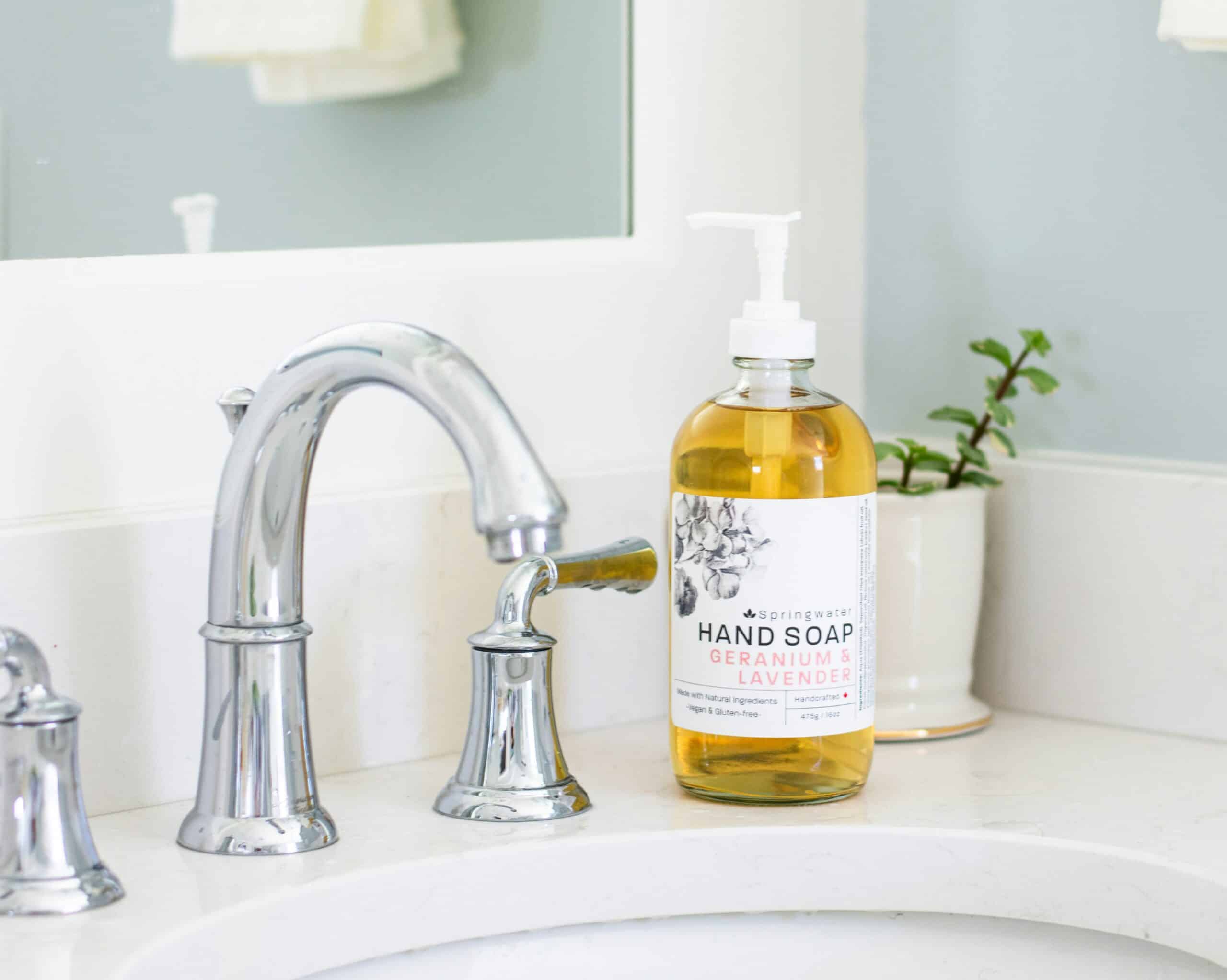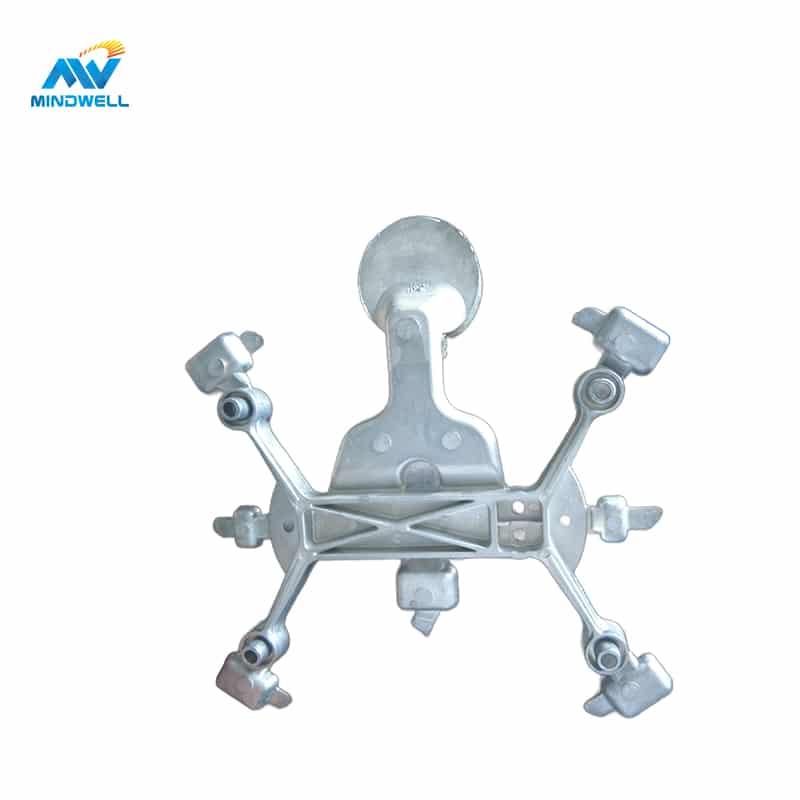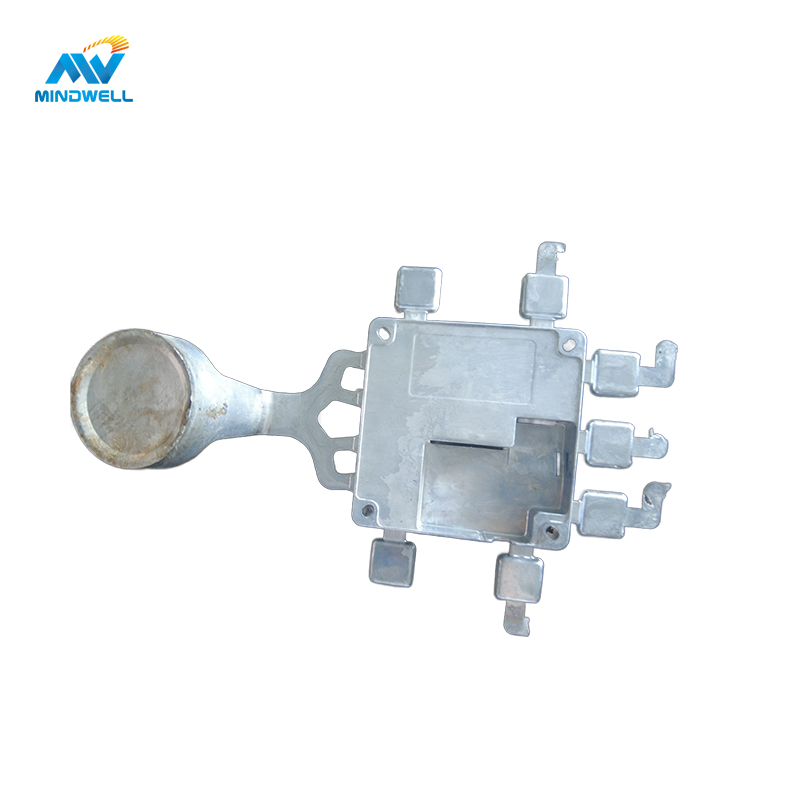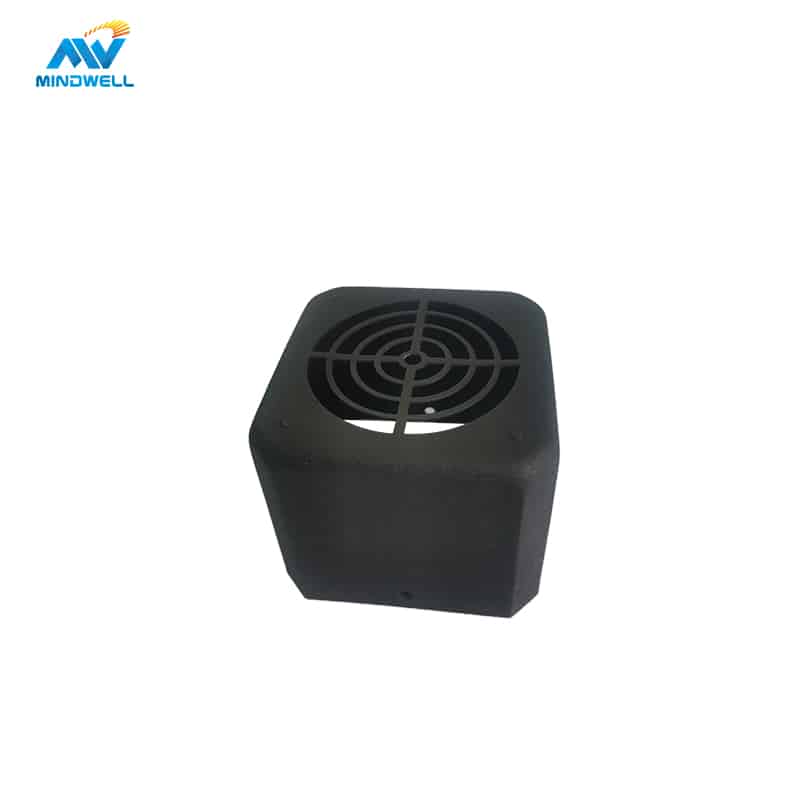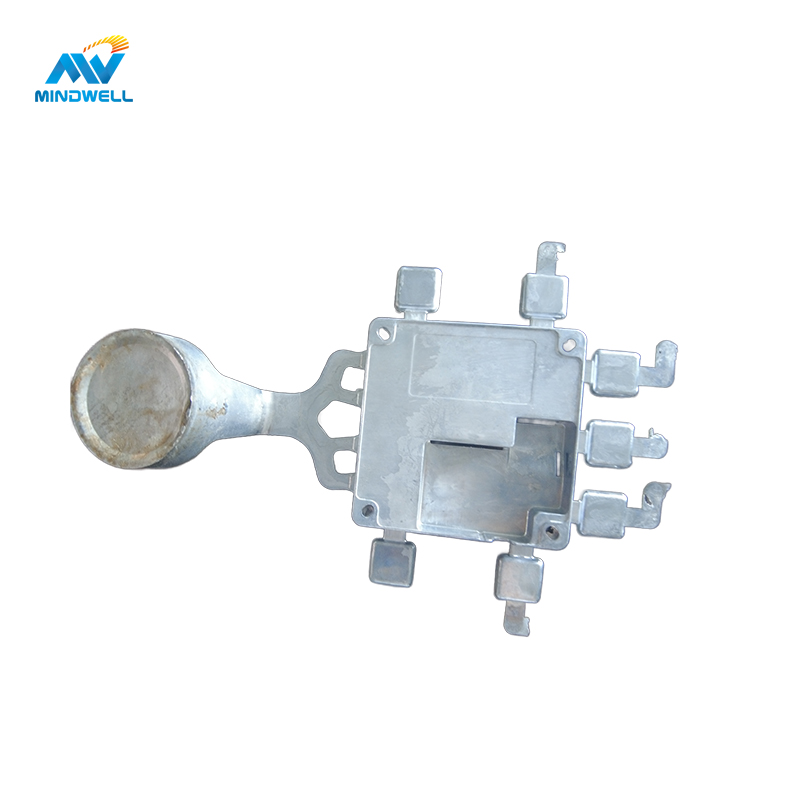Understanding the basics of aluminum die casting is essential for anybody interested in working in the manufacturing industry. We’ll take you on a tour of the world of aluminum die casting in this beginner’s guide. This article is intended to give you the crucial knowledge you require, whether you’re a novice or want to expand your expertise.
Precision is key in the manufacturing industry. Aluminum die casting excels in this situation. It is a popular option across many sectors because of its adaptability, efficiency, and capacity for producing solutions of the highest caliber. You’ll have a comprehensive knowledge of aluminum die casting’s functions and the reasons it’s an important manufacturing process by the end of this book.
Learning the Basics of Aluminum Die Casting
What Is Aluminum Die Casting?
Using the aluminum die casting method, molten metal is poured into a mold to produce complex, highly accurate components. This process is praised for its reliability in producing components with precise dimensions and a flawless surface finish.
Imagine a method that makes it possible to reliably and accurately produce complicated pieces. Die casting of aluminum does this precise task. It begins with the transformation of molten aluminum into a variety of precise components, each one being a perfect replica of the previous one. Now let’s get into the specifics.
The Aluminum Die Casting Process
The stages involved in the die casting of aluminum are meticulously planned and timed:
- Mold Preparation: A steel mold, sometimes referred to as a “die,” is manufactured specifically to fit the part’s requirements.
- Molten aluminum injected: Aluminum from the mold is guaranteed to fill every minute feature in the mold thanks to high-pressure injection.
- Allowing the metal to cool and solidify is crucial in deciding how well-made a part will be.
- Ejection involves opening the mold, releasing the component, and trimming the extra material.
The die casting process is supported by these processes. A remarkable balancing act between pressure, heat, and precision produces aluminum pieces that are precisely formed.
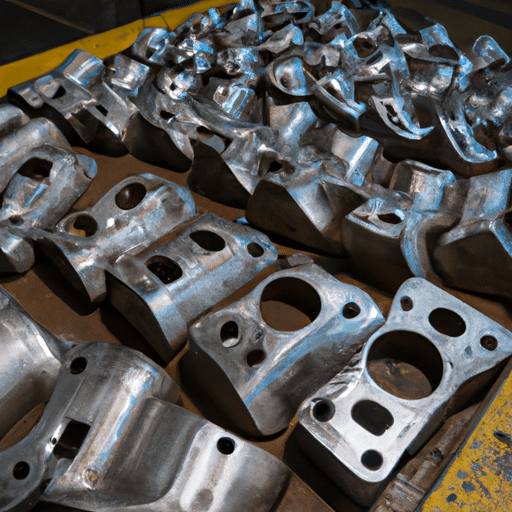
The Three Principle Casting Techniques for Aluminum Alloy
Castings made of aluminum alloy can be produced using three main techniques:
- Sand Casting: With this technique, castings are made using a sand mold. It is affordable and appropriate for basic parts.
- Permanent Mold Casting: This technique uses a reusable mold to cast numerous pieces, making it a practical option for mass manufacturing.
- Die casting, which is the subject of this article, involves high-pressure injection into a steel mold and is the best method for accurately casting complicated structures.
The approach you decide on will rely on the particular needs of your project. Every technology has its benefits and optimal uses.
Why Is Aluminum Not Ideal for high temperature Die Casting?
Although aluminum is a popular choice for die casting, it may not be ideal for every application due to its low melting point. Some high-temperature applications might require other materials.
Aluminum’s versatility is one of its strengths, but it’s necessary to recognize that it might not be the best fit for extremely high-temperature environments. In such cases, alternative materials may be considered.
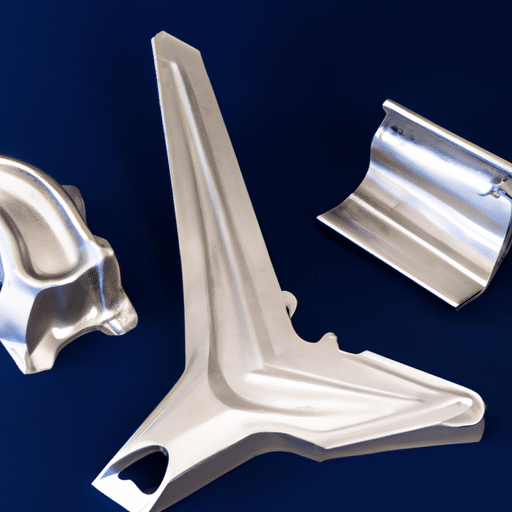
Differences and Strength in Aluminum Castings
A. What Is the Strongest Aluminum for Die Casting?
The 380 aluminum alloy stands out among die casting aluminum alloys for its remarkable strength and toughness.
When it comes to robustness and dependability, the 380 alloy is frequently the first choice because strength is a major factor in many applications.
B. What Is the Best Aluminum Alloy for Die Casting?
The proper alloy to choose depends on the part’s unique specifications. Alloys like A380, A360, and A383 that are often utilized are coveted for their comprehensive set of qualities.
An alloy selection may make or ruin a project. For their harmony between strength, corrosion resistance, and other crucial features, the alloys A380, A360, and A383 are preferred.
C. What is the difference between forged aluminum and die-cast aluminum?
Die-cast aluminum and forged aluminum are two distinct techniques for forming aluminum:
Aluminum is heated and physically manipulated during forging in order to change the grain structure and increase the metal’s strength. In contrast, die cast aluminum is created by pouring molten metal into a mold, making it perfect for the precise manufacturing of intricate pieces.
D. Disadvantages of die casting
Aluminum die casting is no different from other processes in that it has its limitations. Part size limitations, porosity problems, and greater initial tooling costs are typical drawbacks.
Recognizing any process’s benefits is just as crucial as comprehending its drawbacks. Die casting has a lot of benefits, but it also has certain drawbacks that should be understood.
E. Which Is Stronger: Cast Aluminum or Forged Aluminum?
Cast aluminum is often weaker than forged aluminum.
Forged aluminum tops the list when it comes to strength in general. In terms of toughness, its distinctive grain structure offers a substantial advantage.
F. Is Die-Cast Aluminum Brittle?
If not properly constructed, die-cast aluminum may show signs of brittleness. The alloy and design are important factors in brittleness.
Brittleness is an issue that is handled by deliberate design and cautious alloy selection. Die-cast aluminum components with proper engineering are not at all brittle.
G. Is Aluminum Extrusion the Same as Die Casting?
No, die casting and aluminum extrusion are two different techniques. Die casting employs a mold to produce complicated pieces, whereas aluminum extrusion forces metal through a die to produce forms.
When choosing which approach to use for your specific project, it is crucial to comprehend the variations between these methods.
H. Is Die-Cast Aluminum Rust-Proof?
Although aluminum naturally develops a coating of protective oxide that makes metal resistant to corrosion, it is not completely rust-proof, especially in hostile settings.
It’s crucial to comprehend aluminum’s protective properties, especially when die-cast aluminum is being considered for harsh settings or outdoor applications.
I. Is Die-Cast Aluminum Strong?
Die-cast aluminum is both strong and lightweight, making it an ideal choice for numerous applications. Its strength depends on the particular alloy and design employed.
The strength of die-cast aluminum can vary depending on the specific factors involved. Alloy selection and design play significant roles in determination its strength.
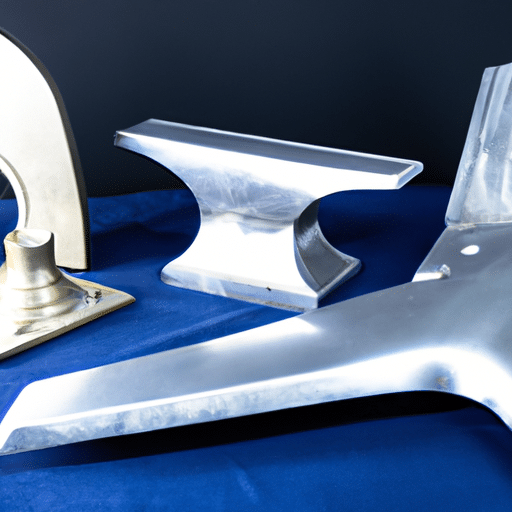
Conclusie
This introduction to aluminum die casting has given a thorough understanding of the process. We have already discussed the method, applications, and factors to take into account while choosing an alloy. Anyone interested in the manufacturing industry must grasp these fundamentals.
This article is a great place to start if you want to learn more about the intriguing world of aluminum die casting, whether you’re looking for reputable aluminum die casting manufacturers or trying to compare die cast aluminum vs. aluminum choices. Keep checking back for additional information, practical advice, and insights in this area.
Additional: Mindwell is a professional custom aluminum die-casting company. We focus on the production, manufacturing and design of aluminum die-casting parts. We have more than ten years of experience in the aluminum die-casting industry. If you have any knowledge or design issues related to aluminum die-casting, you can contact us. to discuss.

